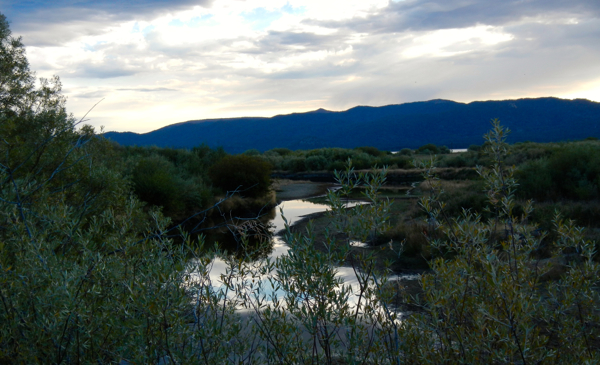Calif. budget has CTC looking for cash elsewhere
By Kathryn Reed
California’s nearly $700 million investment in Lake Tahoe is slowing down as evidenced by the governor’s proposed budget. The California Tahoe Conservancy is left out of any new funding.
“Overall, the state of California has been historically — and will continue to be — committed to the restoration of Lake Tahoe, including meeting our share of commitments to the Environmental Improvement Program,” Nancy Vogel, deputy secretary for communications for the California Natural Resources Agency, told Lake Tahoe News. “Specifically regarding the $475 million in the Proposition 1 Settlements Pot, the governor’s 2016-17 proposed state budget does not allocate additional funding for Lake Tahoe at this time since Lake Tahoe already benefits from other existing resources available in Proposition 1.”
Gov. Jerry Brown released his proposed budget this week. Haggling between those on the receiving end as well as lawmakers will occur between now and when the May revise comes out. The next fiscal year starts July 1 and requires the Legislature to approve the budget.
CTC officials were warned before the budget came out that it was being cut out of the $475 million pot it was supposed to share with four other entities. This money came from the November 2014 voter approved water bond called Proposition 1 that provides $7.5 billion for water quality, water storage, flood protection and watershed protection and restoration projects.
Brown allocated the California Natural Resources Agency funds to:
· Klamath River Agreement: $250 million
· Central Valley Project Improvement Act: $90 million
· San Joaquin River Settlements: $45 million
· Salton Sea Restoration: $80 million
· Tahoe Environmental Improvement Program: $0.

Funding for the Upper Truckee Marsh project in South Lake Tahoe is not included in the state’s 2016-17 proposed budget. Photo/LTN
While the Conservancy was shut out this round, it still has money – operating an annual budget of more than $20 million. It also has received Proposition 1 dollars at other times. In fact it has nearly $15 million to spend this spring. When the board meets in March it will be tasked with deciding how to spend that cash on the more than $30 million in proposals that were submitted. This money will be used to help partner agencies and won’t be money used on actual CTC property.
Chris Mertens with the CTC isn’t worried about the latest turn of events. He said there are other revenue sources for his agency – cap and trade dollars, Department of Fish and Wildlife, and CalFire to name a few.
CTC has received millions of dollars for planning and acquisitions through Propositions 12, 40 and 84, the Habitat Conservation Fund, Lake Tahoe Conservancy Account, Federal Trust Fund and U.S. Bureau of Reclamation.
Mertens said this one source for dollars that has dried up would not mean any layoffs. He is also confident the agency will be able to secure funding for the Upper Truckee Marsh project, which is on the top of the list of needed environmental improvements.
Vogel with Natural Resources acknowledged this is a critical project, but said the Conservancy is bound to find money for it.
“The bottom line is the state has been a huge supporter of the lake and we are optimistic we will be competitive in the future,” Julie Regan with the Tahoe Regional Planning Agency told Lake Tahoe News.
Nevada a few years ago pledged $100 million for the EIP. The bond market has been such that it has not been able to sell much so those dollars have not come to fruition for the most part.
Since the EIP’s inception in 1997, about $1.8 billion has been invested in Tahoe in 450 projects:
· $593 million from the federal government
· $693 million from California
· $118 million from Nevada
· $77 million from local governments
· $328 million from the private sector.
“It’s unfortunate that Lake Tahoe hasn’t been slated to receive funding in the governor’s proposed budget. It’s heartening to see that the proposed budget allocates $475 million to address good and vital work for the San Joaquin River, the Salton Sea, and the Klamath Basin, areas currently underfunded, but this news increases the importance of passing the Lake Tahoe Restoration Act and identifying other sustainable funding mechanisms for efforts critical to protecting and preserving Lake Tahoe,” Darcie Goodman Collins, executive director of the League to Save Lake Tahoe, told Lake Tahoe News.
One mechanism may be the federal Lake Tahoe Restoration Act. It has passed through a key House committee and now heads to a Senate committee. It would funnel $415 million to Tahoe for environmental programs.